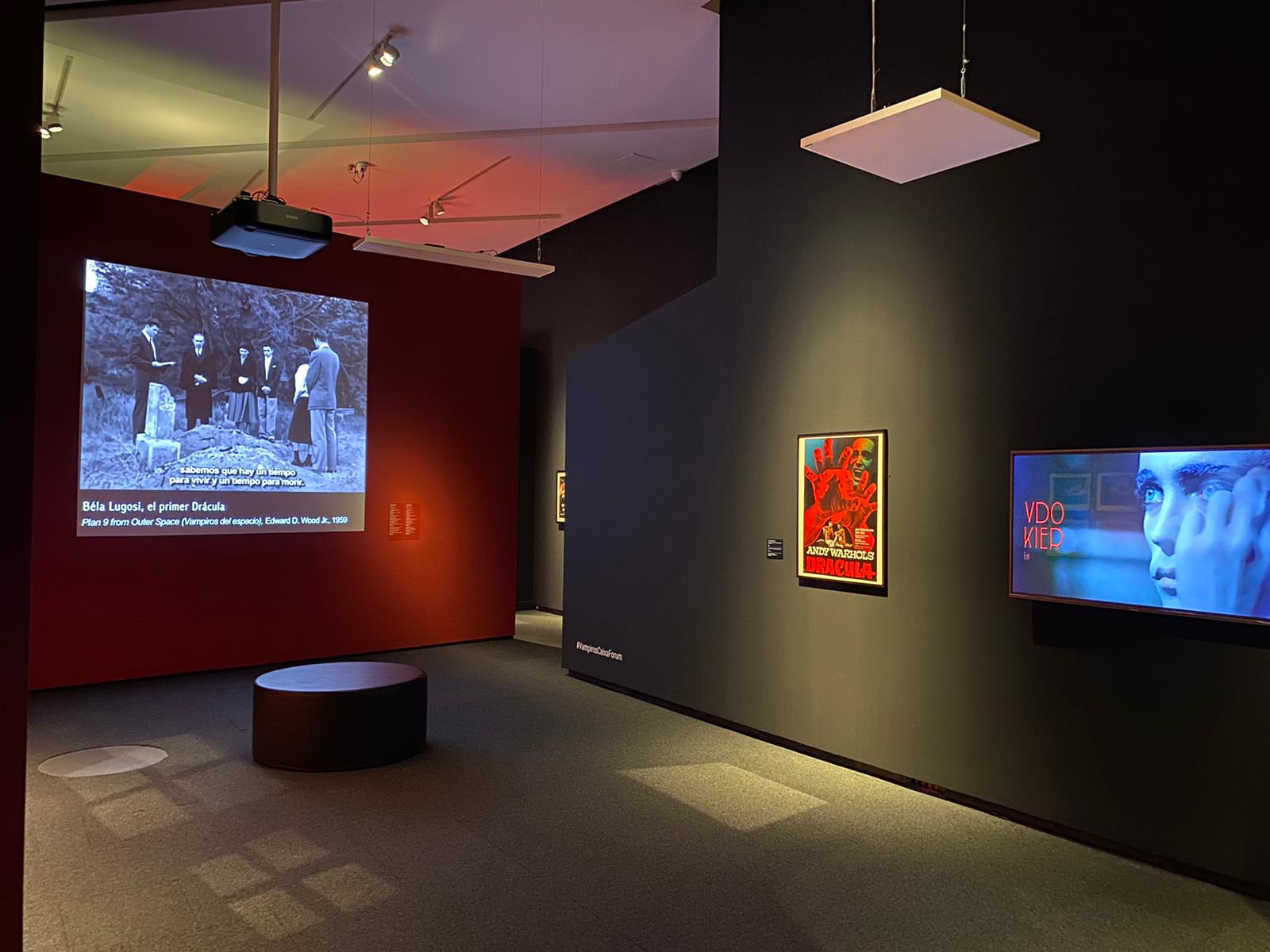Museums serve as gateways to history, art, culture, and knowledge, aiming to create immersive and captivating experiences for visitors. An essential component of these experiences is audio, which complements visual displays by providing narrations, soundscapes, and informative content. Advancements in audio technology have introduced innovative solutions to enhance visitor engagement. One such technology is Panphonics directional speakers. In this blog post, we will explore the usage and benefits of Panphonics directional speakers in museums, and how they can revolutionize the way visitors experience exhibits.

What are Panphonics Directional Speakers?
Panphonics directional speakers represent a cutting-edge audio solution designed to provide highly focused and precise sound projection. Unlike traditional speakers that emit sound in all directions, directional speakers concentrate the audio beam into specific areas or targets, creating controlled soundscapes. These speakers utilize advanced audio engineering principles, such as electrostatic technology, to produce sound that is highly directional and effectively confined to a specific zone.
Benefits of Panphonics Directional Speakers in Museums
Precise Audio Placement: In contrast to conventional speakers that can generate auditory clutter, Panphonics directional speakers enable precise audio placement. Museums can strategically direct visitors’ attention to specific exhibits or displays, facilitating a more focused and immersive experience.
Personalized Engagement: Recognizing the diverse interests of museum visitors, Panphonics directional speakers allow for personalized audio experiences. Whether through technological devices or localized audio systems triggered by proximity sensors, visitors can access relevant content, empowering them to explore exhibits at their own pace and dive deeper into areas of personal interest.
Immersive Experiences: Panphonics directional speakers excel at creating immersive soundscapes. By precisely targeting audio, museums can envelop visitors in multi-dimensional experiences that transport them to different time periods or locations. Whether it’s the sounds of a bustling marketplace in ancient Rome or the whispers of a rainforest, directional speakers can recreate the ambiance and atmosphere, amplifying the emotional impact of the exhibits.
Reduced Noise Pollution: The presence of multiple exhibits in close proximity can often lead to audio overlap and noise pollution. Panphonics directional speakers minimize these issues by confining sound to specific areas, reducing distractions and interference from neighboring exhibits. This controlled audio projection enables visitors to fully engage with the intended content without unwanted noise disruptions.
Artifact Preservation: Traditional speakers with high sound projection capabilities may inadvertently generate vibrations that pose a risk to delicate artifacts. Panphonics directional speakers emit highly focused audio, minimizing the potential damage caused by unintended vibrations and ensuring the preservation of valuable exhibits.
The integration of Panphonics directional speakers in museums holds tremendous potential for transforming the visitor experience. With the ability to provide precise audio placement, personalized engagement, immersive soundscapes, reduced noise pollution, and artifact preservation, these innovative speakers are poised to revolutionize the way museums captivate and engage audiences. As museums continue to evolve, harnessing the power of Panphonics directional speakers will undoubtedly shape the future of museum visits, fostering deeper connections and lasting memories for visitors.